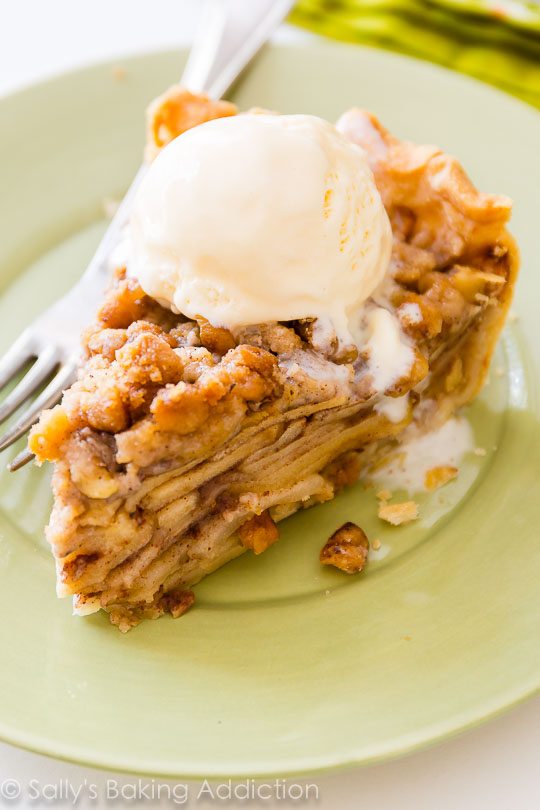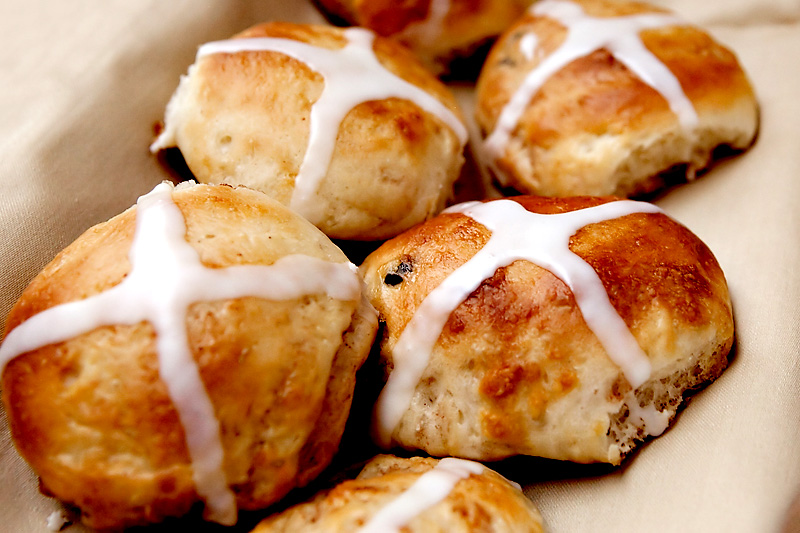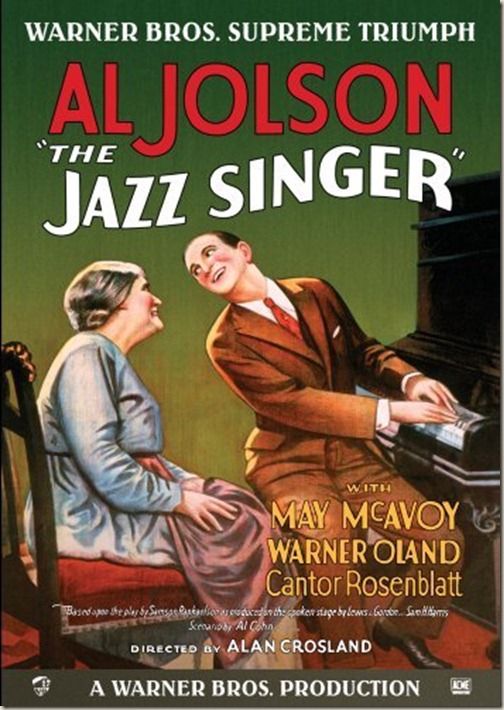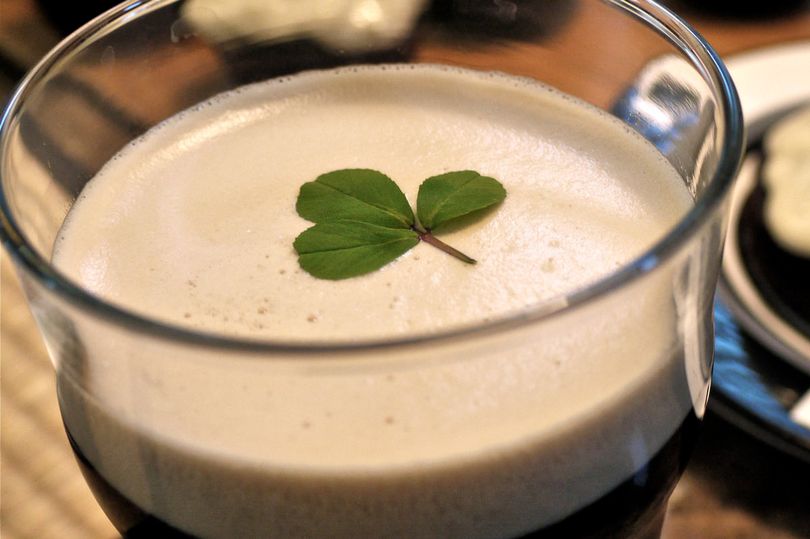If you’re ever in the UK on April 1st, you’d better watch out!
En muchos países, como los Estados Unidos, Francia, Brasil o el Reino Unido, el día 1 de abril se celebra el April Fool’s Day, un día dedicado a las bromas (pranks) que gastamos en España el Día de los Santos Inocentes.
Estas son algunas de las bromas más conocidas:
- En los años 90, Burger King publicó un anuncio en la revista USA Today ofreciendo unos nuevos Whoppers para zurdos. ¡Cientos de clientes los pidieron en sus restaurantes!
- En Japón se hizo correr la noticia de que en un zoo del país tenían un pingüino gigante que medía 165cm de alto y pesaba 80kg. En realidad, era un hombre disfrazado.
- En 1949 un presentador de radio en Nueva Zelanda dijo que millones de avispas habían llegado al país y que la mejor manera de protegerse era llevando los calcetines por encima de los pantalones y poniendo miel en las puertas de las casas. ¡Miles de oyentes le creyeron!
- En 1976 un conocido astrónomo británico contó por la radio que a las 9:47 de la mañana, debido a un fenómeno celeste, los habitantes de la Tierra podrían experimentar la sensación de ingravidez que tienen los astronautas. Debido a un cruce de las órbitas de Júpiter y Plutón, si saltaban a aquella hora exacta, los terrestres podrían experimentar la “gravedad cero”. ¡Centenares de oyentes llamaron a la radio para decir que habían saltado y que habían conseguido flotar!
(Fuente: Learn English Teens, British Council)
Aquí tenéis otras bromas muy originales para celebrar el April Fool’s Day.

Y para terminar, os dejamos con un divertido artículo en inglés de la humorista estadounidense Michele Wojciechowski, publicado en Parade.
Just Kidding: The Origins of April Fools’ Day
I admit it—I don’t like April Fools’ Day.
How is it possible for someone who loves humor and comedy so much to not like a day that is supposed to be dedicated to it?
The answer’s simple—I don’t like pranks.
When I had April Fools’ Day jokes played on me, they always had a scary element. Like in high school: “Hey Wojo! Did you know we have a pop quiz today?”
Me: Gasp, sputter, choke…
Classmate: April Fool!
In college: “Hey Wojo! Did you know you have a flat tire?”
Me: Gasp, sputter, choke…
Classmate: April Fool!
As an adult: “Hey Wojo! Did you know that your best friend has been saying horrible things about you?
Me: Gasp, sputter, choke…
Supposed Friend: April Fool!
You get the idea.
Not funny. I don’t find this funny at all.
Considering, though, how many folks continue to celebrate the holiday, I thought I’d find out how it all came about. Like many things started in “olden times,” the beginnings of April Fools’ Day aren’t exactly clear.
The Beginnings?
One source states that April Fools’ Day may have begun as far back as 1582. That’s when France switched from the Julian to the Gregorian calendar. And, no, this isn’t the funny part.
Evidently, some folks didn’t hear about the calendar change, which came about because of the Council of Trent in 1563. So they didn’t know that they were supposed to start the new year on January 1 instead of April 1, as had been done in the past. According to Snopes.com, French peasants would go to their neighbors’ houses to pretend they were paying a New Year’s Day call on them. If the people really thought it was the start of the new year, they were considered April fools.
Yeah, I feel their pain.
Some historians think that April Fools’ Day somehow ties into the vernal equinox, when Mother Nature was said to fool people with the quickly changing weather. (Considering that in Maryland in March, we’ve had days near 80 degrees as well as snow, I could see this being true.)
Did you know that people pulling April Fools’ Day pranks are supposed to do them before noon on April 1 or they are welcoming bad luck into their lives? I guess folks could argue that it’s noon somewhere and continue to play jokes on friends and family throughout the day.
I don’t like these people.
During the 18th century, April Fools’ Day was accepted by Britain. In Scotland, they began holding two-day celebrations of this pranking day and called it “hunting the gowk,” a “gowk” being their name for cuckoo bird or fool. People were sent on ridiculous errands. I’m sure they had a blast.
Keep your eyes and ears open on April Fools’ Day as the media and companies love to get involved. Who can forget the year that Canada said it was coming out with a $2 coin or when Burger King said it was now selling a left-handed Whopper…and folks actually asked for it.
The best prank of all? In 1957, the BBC’s Panorama said that with spring coming early, the Switzerland spaghetti harvest would be early too. They then showed women in the background who looked to be picking spaghetti from trees.
Tons of viewers called the BBC to find out where they could buy spaghetti plants.
How gullible…
Um, and if you’re looking for me, I may be checking my car tires. Not for any specific reason, though. Just to see…

The 1st of April -pranksters and fools! agosto 28th, 2017admin

























